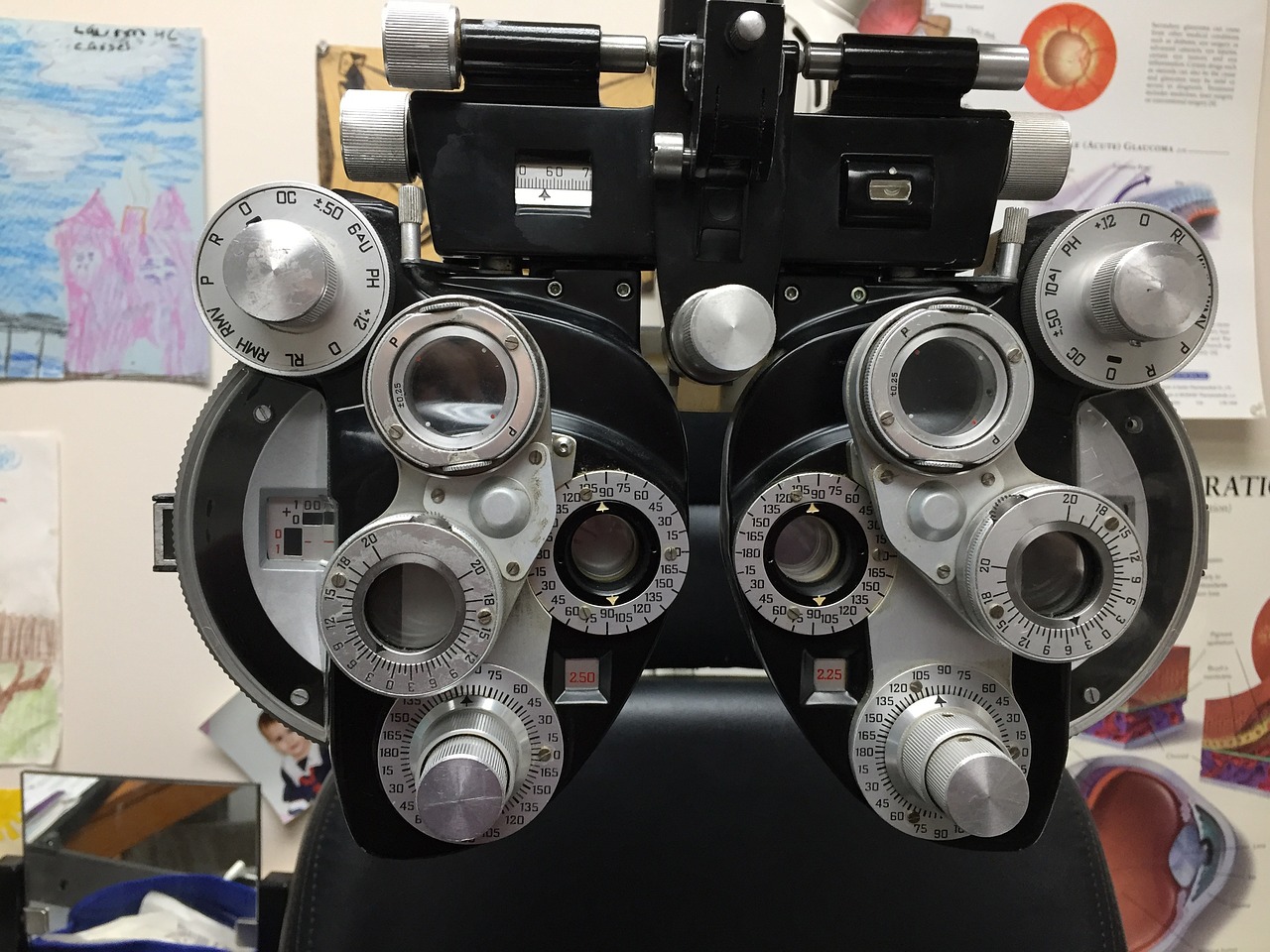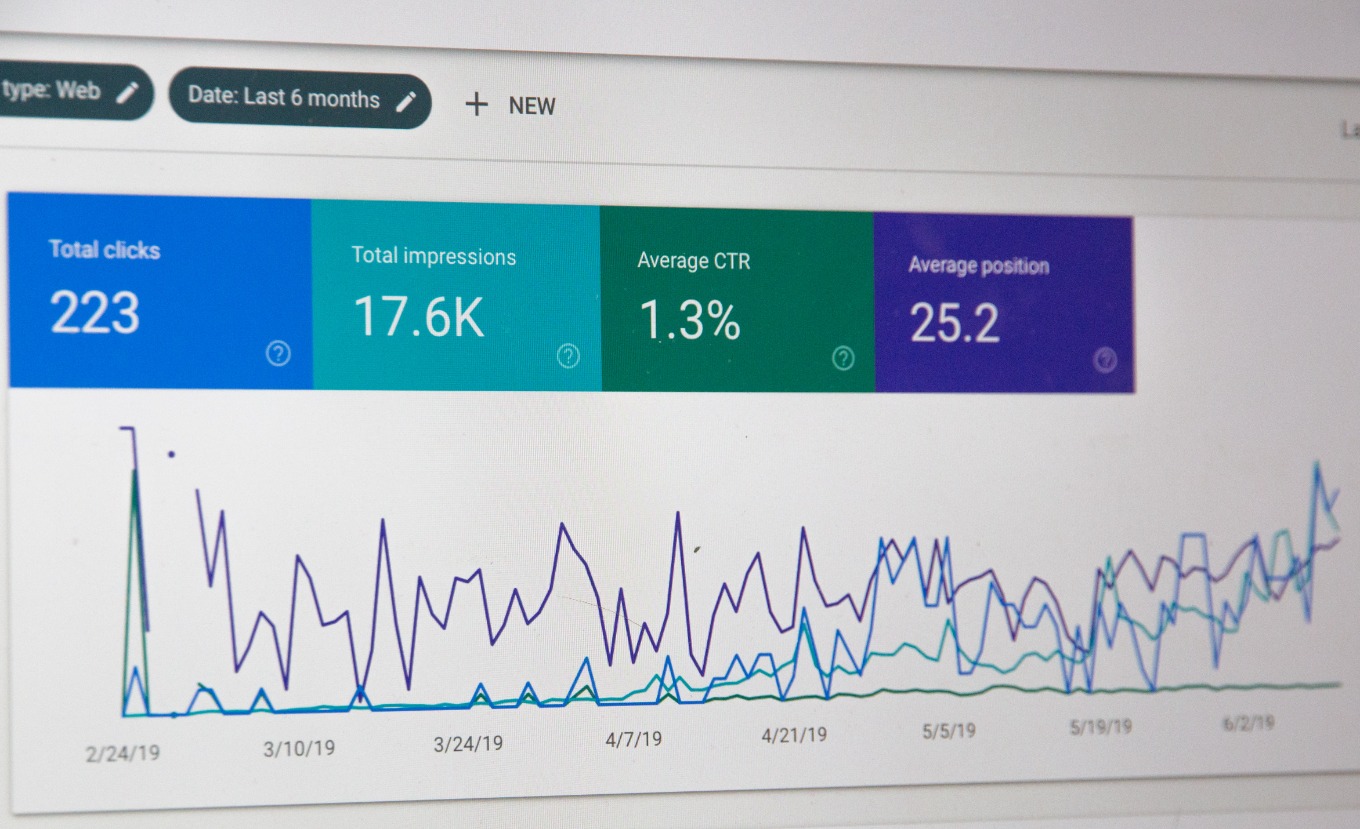Ophthalmology Industry Report: Key Findings and Insights for Eye Care Professionals
The Ophthalmology industry, an integral component of the ever-evolving healthcare sector, is an exceptionally dynamic and competitive arena. Its dedicated professionals are deeply committed to enhancing vision and combating eye-related diseases that could threaten the quality of life for millions. To successfully navigate the contours of this industry, it is crucial to discern the key trends, insights, and strategic implications outlined in the recent Ophthalmology Industry Report.
The landscape of ophthalmology has changed dramatically over the past few years. Ophthalmologists today are not just clinicians but also technologists, researchers, and even entrepreneurs. They leverage advanced technologies such as artificial intelligence, digital imaging, and telemedicine to deliver comprehensive eye care. A clear understanding of these trends is analogous to the proverbial lighthouse guiding a ship—equipping eye care professionals to adapt and innovate in this constantly moving industry.
One of the report's key findings is the accelerated adoption of telemedicine in ophthalmology. Teleophthalmology, the application of telemedicine to eye health, has proven to be an effective tool for disease management, screening, and follow-up care. It offers several benefits like improving access to care for patients in remote areas, reducing the burden on healthcare systems, and aiding early detection of eye diseases.
However, like a double-edged sword, telemedicine also brings its challenges. Some of these include technological barriers, concerns about the quality of care, and regulatory issues. Furthermore, the subtleties of the patient-physician interaction may be lost in a virtual setting. The challenge, therefore, lies in striking a delicate balance, drawing the best from both in-person and virtual care, a conundrum similar to the famed Heisenberg uncertainty principle in Quantum Mechanics.
An important insight from the report is the rising prevalence of eye conditions such as diabetic retinopathy and age-related macular degeneration (AMD). An aging global population and the increasing incidence of diabetes are significant drivers of this trend. This unprecedented burden of eye disease demands a more proactive approach to patient care, akin to John Nash's game theory, where the best outcome is achieved when each player, in this case, every stakeholder in the healthcare system, does what's best for themselves and the group as a whole.
The report also highlights the significant strides made in the field of ophthalmic imaging, including the advent of Optical Coherence Tomography Angiography (OCTA) and ultra-widefield imaging. These technologies have revolutionized the way we diagnose and manage eye diseases. However, they also pose questions reminiscent of the paradox in Zeno's Dichotomy—do these incremental advancements in imaging really bring us closer to foolproof diagnosis and management, or do they merely create an illusion of progress while leaving us in a state of perpetual incompletion?
The report underscores the essential role of artificial intelligence (AI) in ophthalmology. AI algorithms can mine vast datasets for patterns invisible to the human eye, making them invaluable for disease detection and risk stratification. However, much like the Butterfly Effect in Chaos Theory, small inaccuracies in the input data can lead to significant deviations in the output, posing potential risks to patient care.
In conclusion, the Ophthalmology Industry Report serves as a mirror to the complex, evolving landscape of the ophthalmology industry. It presents a rich tapestry of insights and implications for eye care professionals, encouraging them to adopt a flexible, forward-thinking approach. As they navigate the industry's challenges and opportunities, they must remember that, much like in the Newtonian universe, every action has its reaction. This awareness will enable them to shape a future where advanced technology and compassionate care coexist to safeguard the gift of sight.
The Ophthalmology Industry Report serves as a mirror to the complex, evolving landscape of the ophthalmology industry, presenting a rich tapestry of insights and implications for eye care professionals, encouraging them to adopt a flexible, forward-thinking approach.






